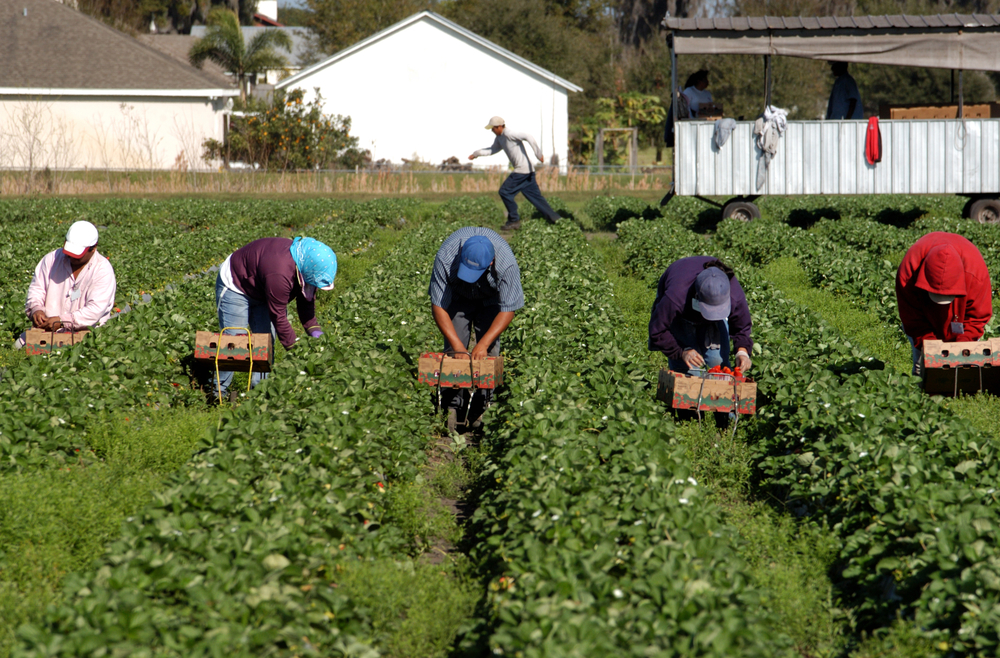By Karla Arboleda
While the H-2A program in the United States helps agriculture when native workers are not able or willing, experts agree that H-2A reform could lead to a more sustainable industry.
The hard work and discipline required of people working on farms have become less attractive to Americans. This puts U.S. growers at a disadvantage in comparison to other countries. Hiring migrant workers for seasonal labor has been helpful, but the outcome could be better.
By changing the American immigration system to establish a steady and legal supply of workers in a timely manner, growers and consumers could be more confident in what effective labor could produce in the future.
Zhengfei Guan, a University of Florida assistant professor of agricultural economics, describes the current guest worker program as needing attention from the government and growers alike in order to keep up with competition.
“We just need to have a valuable guest worker program to get more guest workers, say, from Mexico to work in the United States agricultural fields and to address escalating labor costs,” Guan said. “We need to reduce labor costs significantly to be more competitive when competing with Mexican products.”
According to Guan, grower production efficiency is based on three factors: market price, harvest and post-harvest costs and labor availability. Guan says labor-intensive industries like strawberries and fresh tomatoes also must be addressed long-term to include mechanization research to stay in business.
“In the short run, we can reform the H-2A guest worker program. However, it’s not going to make the industry sustainable in competing with Mexican growers because they have significantly lower costs,” Guan said. “I think mechanization is the direction to go; it’s the future of the industry.”










